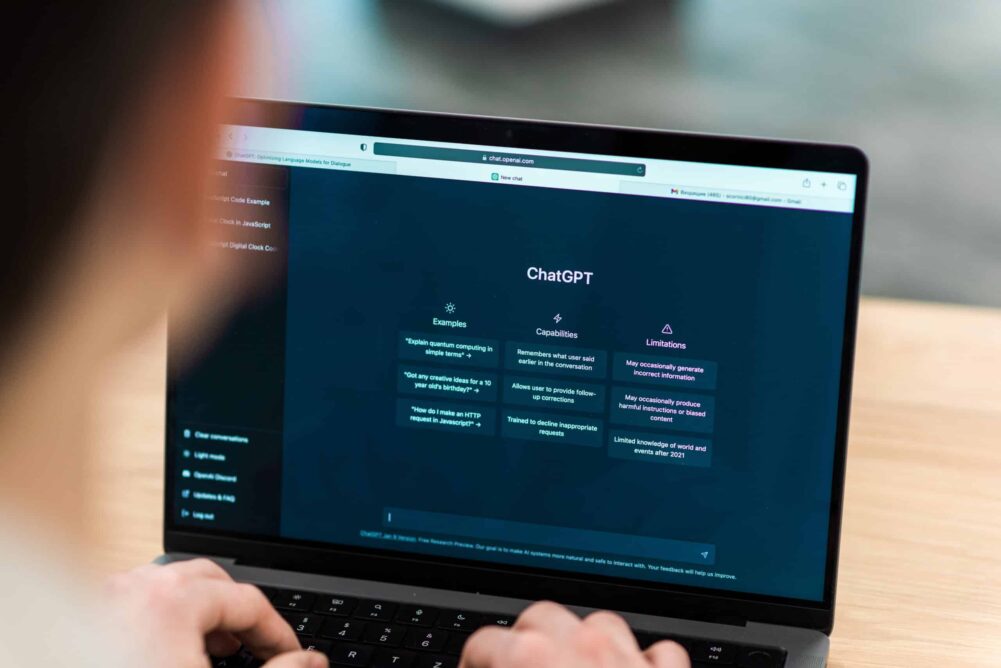AI systems, especially chat interfaces, have shown remarkable potential in transforming lesson planning and student interaction. Their ability to parse and process input into meaningful content is nothing short of revolutionary. However, these systems are only as good as the prompts provided. This limitation poses significant challenges, particularly in educational settings where accuracy and pedagogical soundness are paramount.
The Reality of Prompt-Dependent AI
When I inquired with ChatGPT about the necessity of writing prompts for everything, its response was enlightening. It lacks initiative; it doesn’t anticipate desires or needs without direction. Context and clarity in communication are crucial to guide it accurately. Without it, the AI might default to heuristics or past interactions, which can sometimes lead to outputs that veer off course.
This issue becomes particularly relevant when teachers search for curriculum-specific or standards-aligned support. Despite its impressive agility, the chat interface alone may not be the silver bullet we wish for. Without extensive and precise context, it can struggle to deliver content that fits seamlessly into the complex framework of educational standards and curricula.
Teachers as Prompt Engineers
Imagine a teacher searching for useful prompts to generate lesson plans. They might spend hours crafting detailed, clear prompts to get results that align with their teaching objectives. Unfortunately, not all teachers have the expertise or time to become proficient prompt engineers. This necessity for specificity means that AI can often produce broad, generalized content, lacking the necessary alignment with curricular standards or the tailored specificity required for differentiated learning paths.
Moreover, the chat interface doesn’t inherently retain past exchanges or build upon them in a way that mimics a human educator’s growing understanding of a student’s needs. Data persistence is not within the chat interface’s current realm, meaning the continuity vital to education—where each lesson builds on the last—isn’t naturally managed by AI. Teachers must maintain separate, persistent records and inputs to ensure consistency and relevance to their curriculum goals.
The Pitfalls of Prompt Libraries
The abundance of available prompt libraries, while resourceful, can present new challenges. Not all resources are vetted equally, and the quality varies. Educators, in the role of prompt engineers, must discern which prompts are suitable and which may lead to the generative AI’s ‘hallucinations’—creative but potentially unaligned outputs. This variability in quality makes it difficult for teachers to find reliable, high-quality prompts that meet their specific needs.
A Thoughtful Approach to AI Integration
What does this mean for educators relying on AI? It’s clear that the chat interface, while innovative, requires a thoughtful approach to integration into the classroom. It is not yet a standalone solution for curriculum support but a complementary tool that, when used with expertise and careful consideration, can enhance the educational experience. The goal is to leverage AI to augment, not replace, the strategic, intentional methods that educators employ in their teaching practice.



